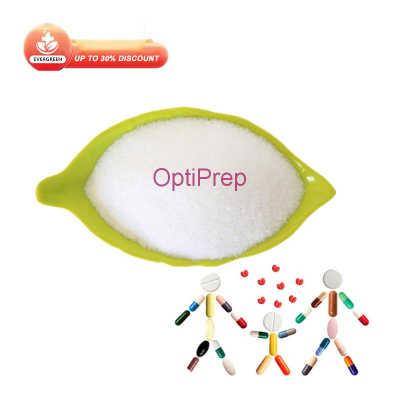-
Categories
-
Pharmaceutical Intermediates
-
Active Pharmaceutical Ingredients
-
Food Additives
- Industrial Coatings
- Agrochemicals
- Dyes and Pigments
- Surfactant
- Flavors and Fragrances
- Chemical Reagents
- Catalyst and Auxiliary
- Natural Products
- Inorganic Chemistry
-
Organic Chemistry
-
Biochemical Engineering
- Analytical Chemistry
- Cosmetic Ingredient
-
Pharmaceutical Intermediates
Promotion
ECHEMI Mall
Wholesale
Weekly Price
Exhibition
News
-
Trade Service
us" >
through lacquer or other similar coatings,
Measuring Remaining Wall Thicknesses
In many industrial and petrochemical maintenance processes, it is necessary to measure the remaining wall thickness of metals that are susceptible to corrosion through one or more layers of paint or similar non-metallic coatings
.
There are two solutions to this problem:
Echo-to-echo measurements and through-coat measurements
.
Due to their excellent detection of rough surfaces and pitting defects, dual element probes have long been the standard industrial equipment used in corrosion measurement applications
.
Therefore, users are generally advised to use these probes for all common corrosion thickness measurement applications
.
In some applications, such as the inspection of metallic materials with smooth paint layers, the user may be advised to use a single element retardation block probe due to the need for higher measurement accuracy
.
Theoretical
sonic velocity of longitudinal waves in steel is generally around 5,900 m/s (0.
2320 in/µs) for paint thickness measurements, while lacquer and similar coatings are generally below 2,500 m/s (0.
1000 in/µs)
.
Echo-to-echo thickness measurement is a well-established technique that simply measures the travel time of an acoustic wave between two consecutive backwall echoes
.
The two consecutive back-wall echoes represent the two consecutive round-trip sound paths completed by the sound wave propagating in the material under test
.
When measuring metal materials with paint layers, these multiple back-wall echoes only occur inside the metal, not on the paint layer, so the period between each pair of adjacent echoes (eg: back-wall echoes 1 to 2 , backside echoes 2 to 3, etc.
) only represent the thickness of the metal, not the thickness of the paint layer
.
us" >
Through-coating measurements use a patented software method to identify the time period represented by the round-trip sound path of the sound beam in the paint
.
This time period is used to calculate the coating thickness and display the coating thickness on the instrument's screen
.
By subtracting this time period from the overall thickness measurement, the thickness gauge can also calculate the thickness of the metal and display it on the screen
.
Advantages of both techniques Advantages of the
echo-to-echo technique:
The Through Coating feature uses the D7906-SM or D7908 probe and can only measure non-metallic coatings such as paint or epoxy materials 0.
12 mm (0.
Metal thicknesses that can be measured in through-coat mode typically range from about 1 mm (0.
us" >
us" >
Echo-to-echo measurement range
In echo-to-echo mode, the measurable thickness range depends on the probe selected and the type of thickness gage used, as well as the acoustic properties of the metal being measured and the condition of the surface being measured
us" >
For more details you can visit the following pages and contact us:
You can also call us at:
400-969-0456
Please pay attention to our video number:
Olympus Scientific Enterprise,
How "delicious" does a sample look when viewed through a microscope? #microscopicworld#microscope#Olympus microscope
video number







